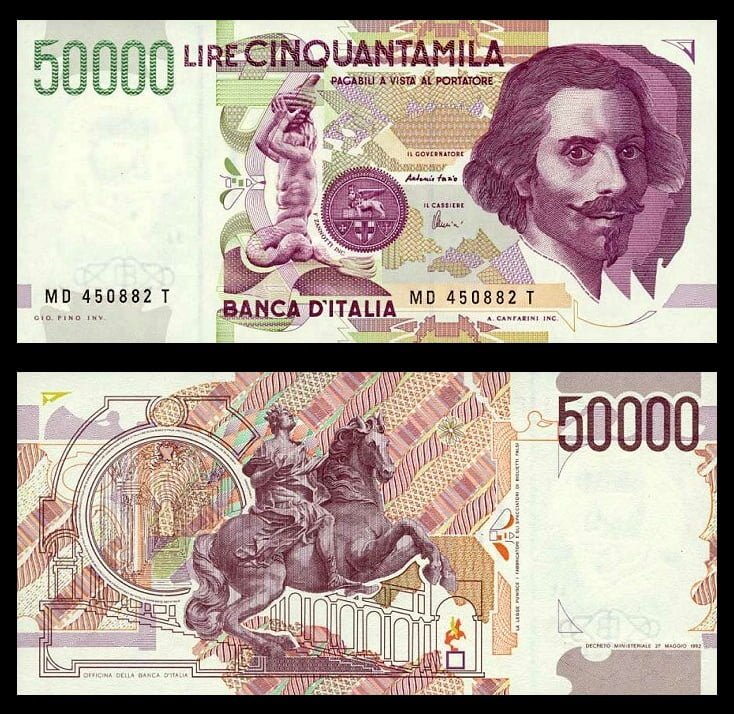He’s considered to be one of the greatest artists of the Baroque period and invented a style of sculpture that defined art in the 17th century.
In this post, you’ll discover the ultimate list of interesting facts about Gian Lorenzo Bernini, an extremely versatile artist who created some of the most famous works of art in history!
1. His father was a relatively successful sculptor as well
Gian Lorenzo Bernini was born in the Italian city of Naples on December 7, 1598. His mother’s name was Angelica Galante and his father was a relatively famous Mannerist artist named Pietro Bernini (1562-1629).
It’s clear that his father was a tremendous influence on the young Gian Lorenzo, the sixth of a total of 13 children. They started working together early on and ended up creating a couple of masterpieces together.
The most famous work they completed together is located at the foot of the iconic Spanish Steps in Rome called the “Fontana della Barcaccia,” or “Fountain of the Old Boat.” It was completed between 1627 and 1629, the final years of Pietro’s life.
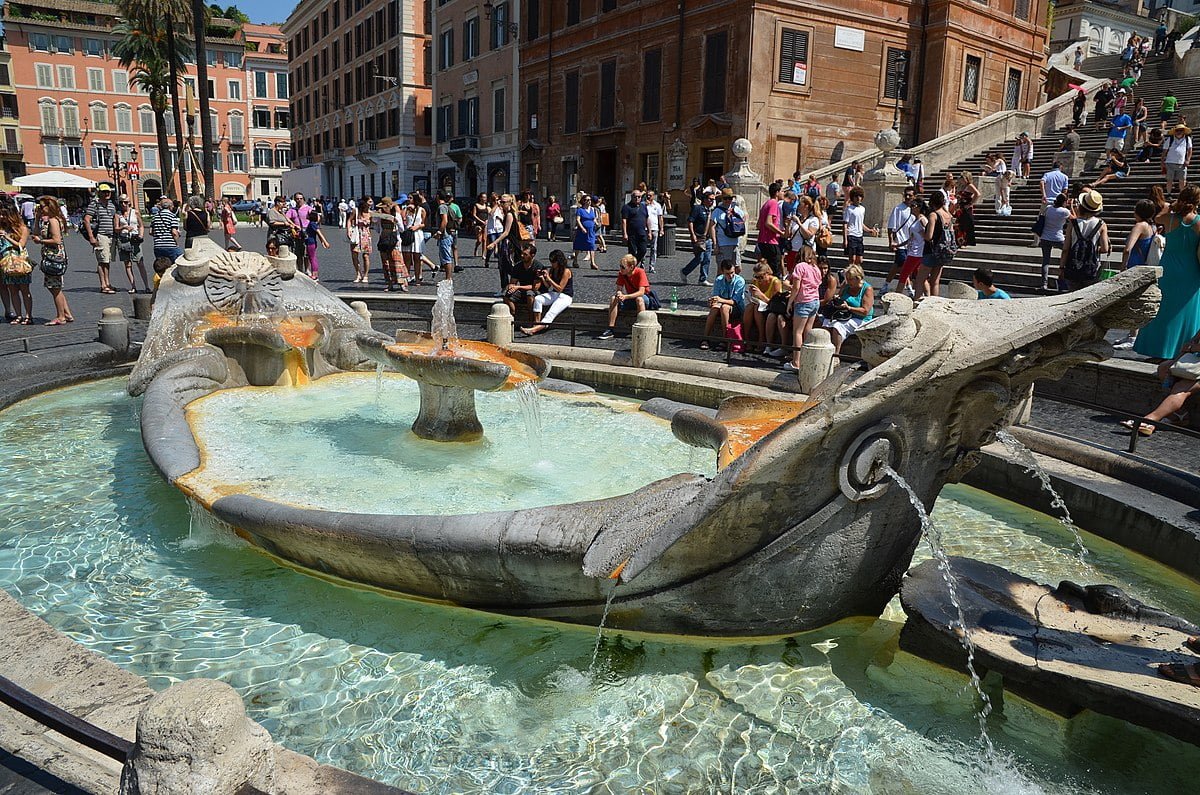
2. He was considered to be a child genius
Gian Lorenzo didn’t live long in Naples as the family moved to Rome in the year 1605, under the patronage of the extremely wealthy Cardinal Scipione Borghese who had recognized the talent of the young artist.
He was considered to be a child genius at the age of age 8 and started working on sculptures for the Cardinal for his Villa Borghese, now known as the “Galleria Borghese,” a popular museum in Rome.
His first-known sculpture is called “The Goat Amalthea with the Infant Jupiter and a Faun” and was completed anywhere between 1609 and 1615 (the exact date is unknown) and it’s still on public display in the museum today.

3. He created a well-defined style of sculpture
Slowly but surely, the reputation of the young Bernini grew and it was finally established when he created 4 absolute masterpieces of the Baroque period between 1619 and 1625.
These works are:
- Aeneas, Anchises, and Ascanius (1619)
- The Rape of Proserpina (1621–22)
- Apollo and Daphne (1622–1625)
- David (1623–24)
These works have been referred to as art that “inaugurated a new era in the history of European sculpture,” which pretty much explains why Bernini is considered one of the most influential artists of the 17th century.
All these 4 works are now located at the Galleria Borghese in Rome as well.
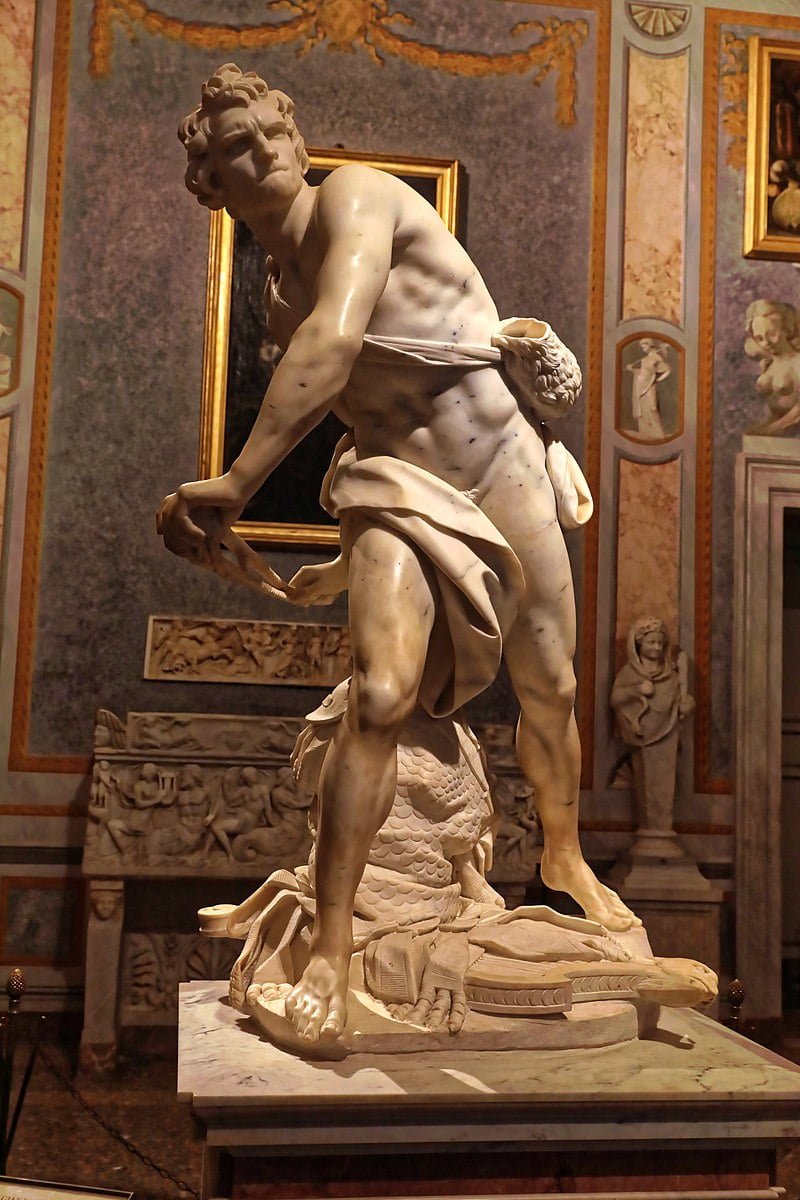
4. He created a few paintings as well
Even though he is considered to be one of the most influential sculptors in history, he was versatile enough to also create some paintings. This was most probably part of his academic training from a young age.
While it’s estimated that he created up to 150 paintings in the 1620s and 1630s, not more than 35 and 40 of these paintings which are confidently attributed to him survive today.
One of the most remarkable facts about Gian Lorenzo Bernini is that he mostly created portraits, which include a few self-portraits as well.
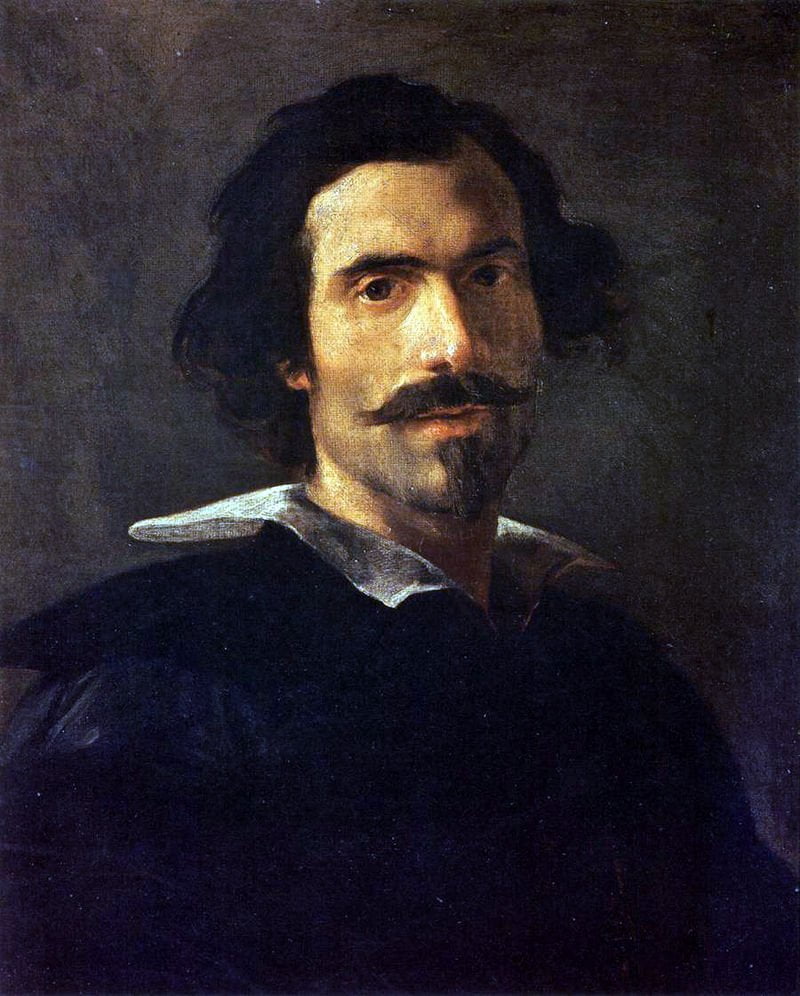
5. His life work was the interior of the world’s biggest church
In the 1620s Bernini became one of the favorite artists of the Popes, and this resulted in a number of official appointments which allowed him to broaden his scope tremendously.
He was suddenly the “curator of the papal art collection, the director of the papal foundry at Castel Sant’Angelo, and the commissioner of the fountains of Piazza Navona.”
It’s in this period that he started working on what would become his life work for the next decades, the interior design of the amazing St. Peter’s Basilica in Vatican City.
Some of the ultimate masterpieces he eventually created inside the church were The St. Peter’s Baldacchino, located over the high altar, and the Chair of Saint Peter, a huge sculpture that encases the wooden throne.
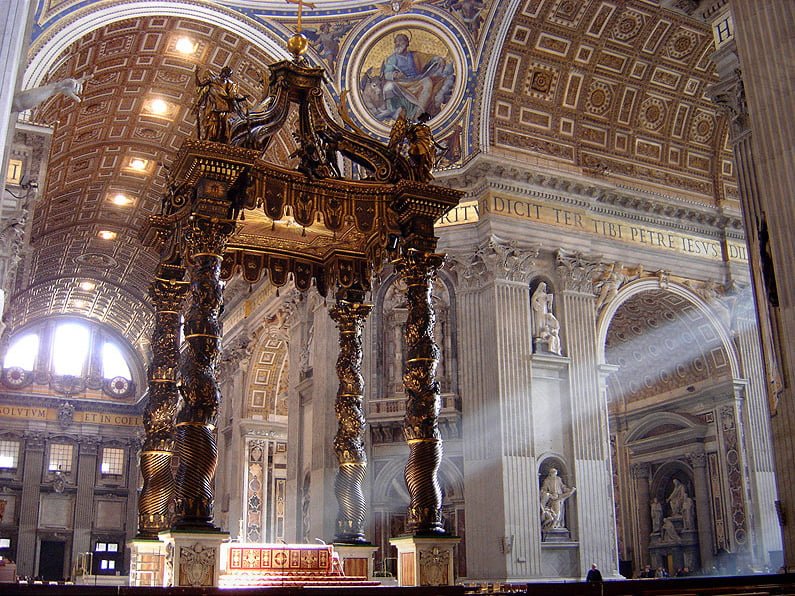
6. He was an accomplished architect
His work on the interior eventually culminated in Bernini being appointed the lead architect of the biggest church in the world, St. Peter’s Basilica, in 1629.
Pretty impressive for a man without any formal training as an architect, don’t you think? He managed to acquire commissions for both secular and religious projects, which included completely new buildings and adjustments to existing structures.
But it gets better. Between 1556 and 1567 he was also in charge of the monumental square in front of the Basilica called St. Peter’s Square. He designed the massive square with huge Doric columns on each side, 4 rows deep, making it one of the most remarkable spaces in the world.
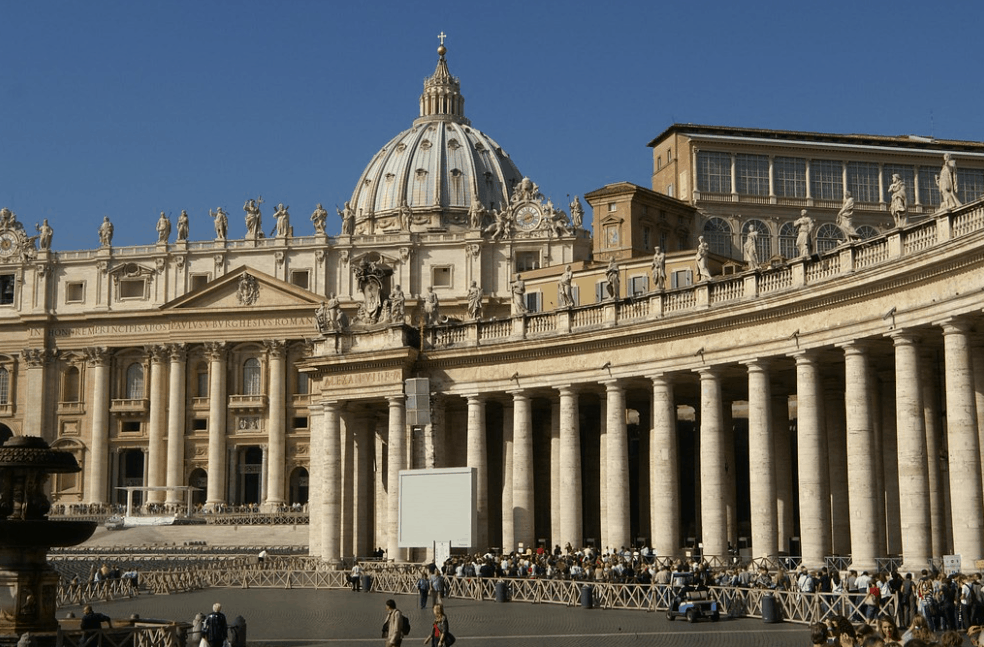
7. He sculpted multiple fountains all across Rome
Perhaps his most distinctive sculptures include multiple ornamented fountains in Rome on various squares all across Rome. We already mentioned the fountain he created together with his father near the Spanish Steps, but there are plenty more!
Some of his most notable works are the Fontana del Tritone and the Fontana del Api, both located on the Piazza Barberini near the Palazzo Barberini which he designed as well.
His most renowned fountain in Rome is the “Fontana dei Quattro Fiumi,” an allegory representing the 4 main rivers of the continents where Christianity had spread back then. This fountain was completed in 1651 and is located on the Piazza Navona and features an Egyptian obelisk in the center.
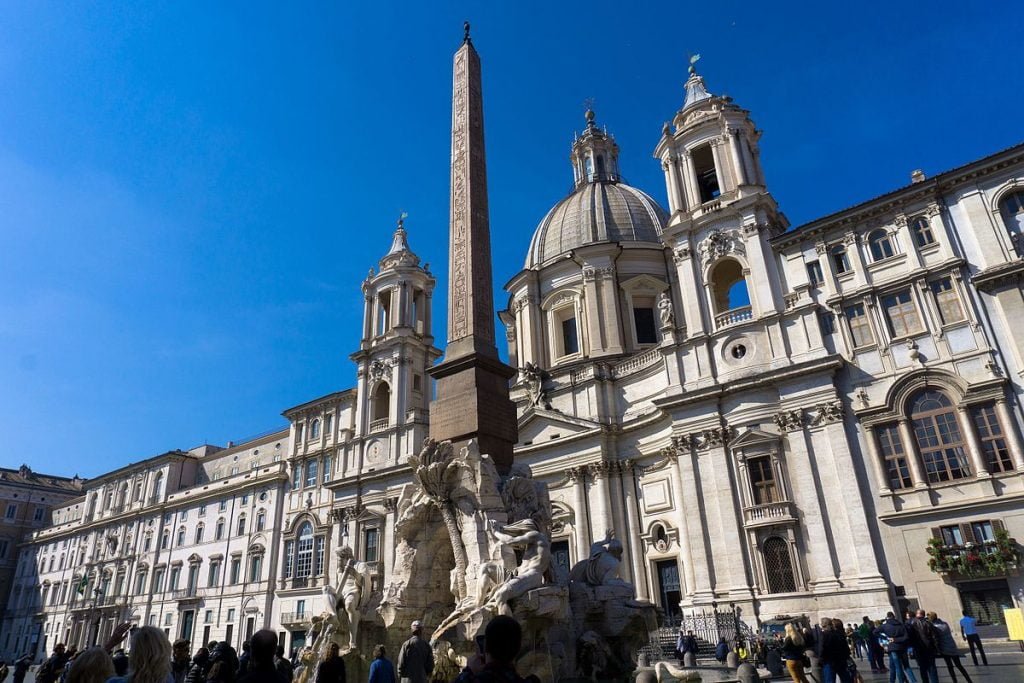
8. He had a passion for acting as well
Apart from being a painter, sculptor, and architect, Bernini also had another passion which was the theater. He didn’t just write plays and acted in them, he also directed them and designed the stage sets.
It’s fair to conclude that Gian Lorenzo Bernini can be considered one of the most versatile artists in history, most probably on the same level as some of the greatest minds of the Renaissance!
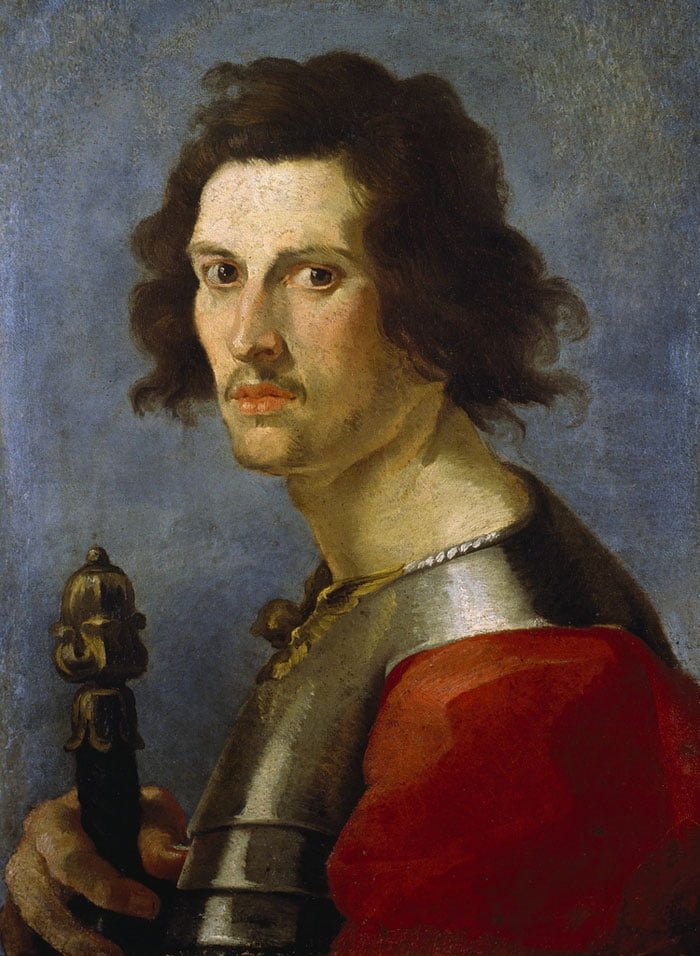
9. He once sculpted a woman he had an affair with
Even though his career was going amazingly well, his personal life initially faced some serious issues. This is emphasized by an anecdote of an affair he had in the 1630s.
He hooked up with the wife of one of his assistants named Costanza Bonarelli. It must have been true love because he even sculpted a bust of the woman.
Unfortunately, a cheating wife is hardly a good catch and he experienced this firsthand when she subsequently cheated on him. Not with some random stranger, though, but his own younger brother Luigi, a versatile artist himself and righthand of Gian Lorenzo.
Pope Urban VIII eventually intervened in the feud among the brothers which ensued and advised him to get married. He did so in 1639 when he married Caterina Tezio. His marriage lasted 34 years and produced 11 children!
The bust of the cheating woman is now located at the Museo Nazionale del Bargello in Florence, Italy.
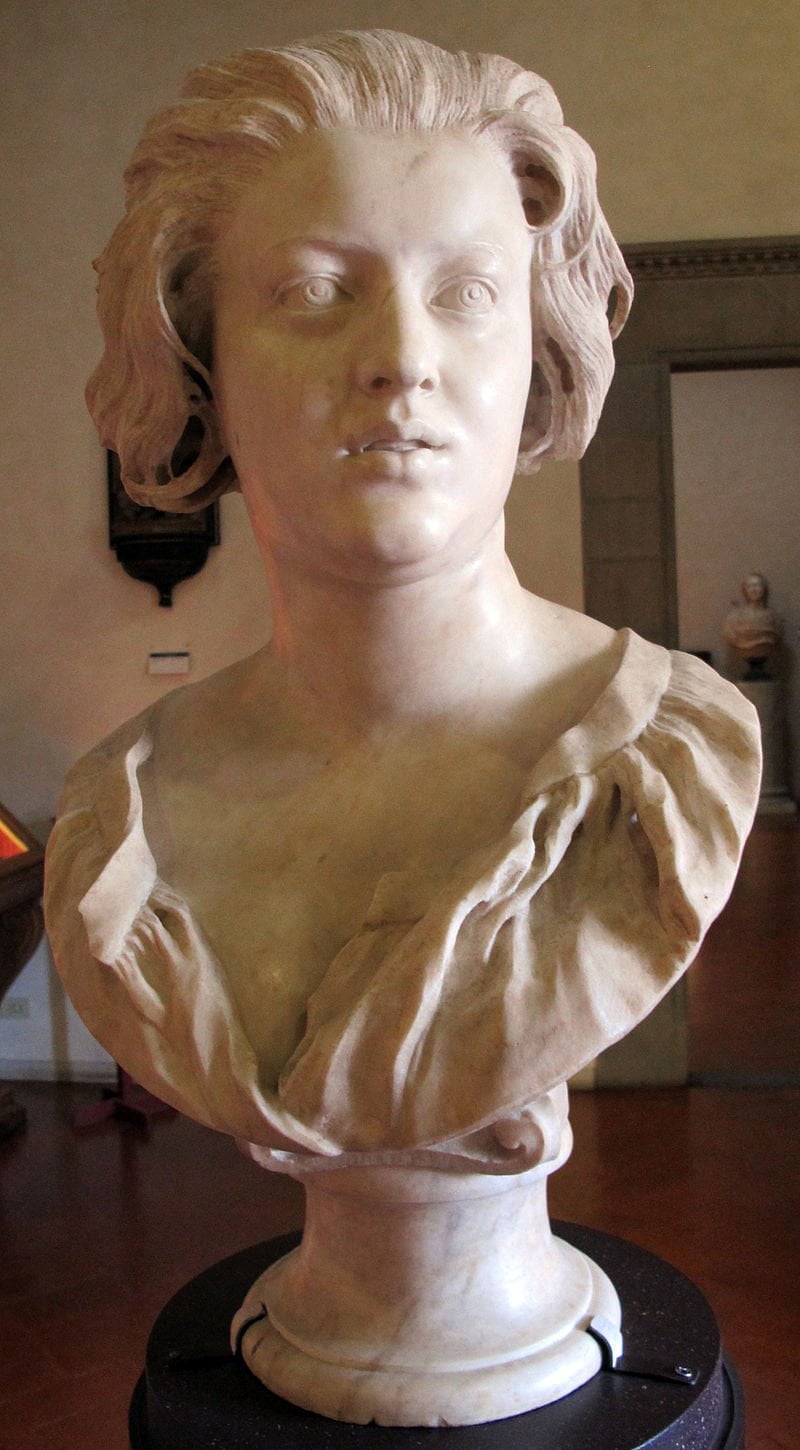
10. His first biographies came out a few years after his death
One of the most fascinating facts about Gian Lorenzo Bernini is that multiple biographies of the man came out shortly after he passed away on November 28, 1680. One of the most interesting ones was written by his youngest son Domenico and is called “Vita del Cavalier Gio. Lorenzo Bernini.”
Even though this was only published in 1713, it’s believed that it was written during the final years of his father’s life.
Filippo Baldinucci published a biography called “Life of Bernini” just two years after he passed away in 1682, even though his son is considered to be the earliest and most accurate.
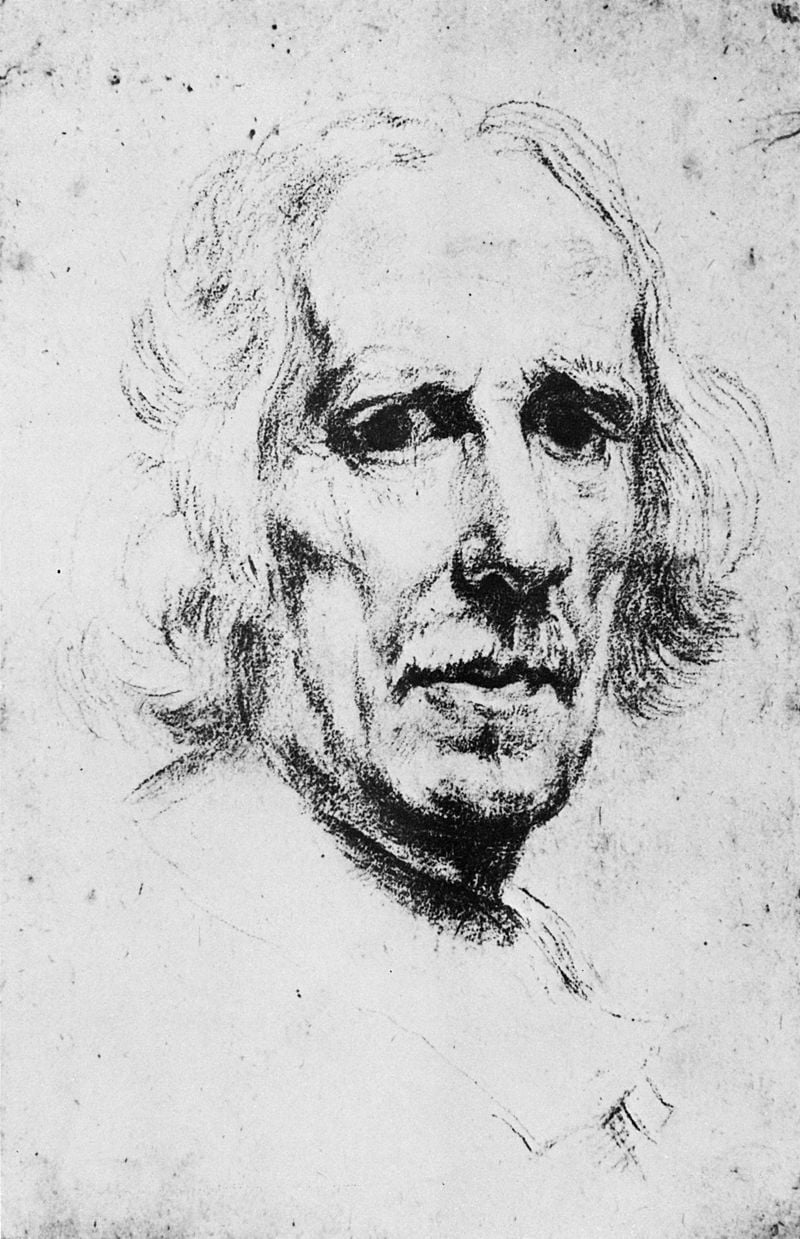
11. His art was considered too extravagant in the 18th century
Even though there was a great interest to know everything about Gian Lorenzo shortly after his death when Baroque art was still thriving, this quickly changed in the 18th century.
The highly decorative and exaggerating elements of Baroque were being replaced with the more sober art from antiquity, which is why Neoclassical artists gained prominence in this century.
In the 19th century, however, his reputation was restored when scholars started looking more objectively again at art. It became clear that Bernini was not only one of the most renowned artists of his time, but also defined Baroque in every sense of the word in the 17th century.

12. He was once added on the front of an Italian banknote
One of the most amazing facts about Gian Lorenzo Bernini is that he was once added to the front of the Banca d’Italia 50,000 lire banknote in the 1980s and 1990s.
This banknote, which depicted his face on the front and an equestrian statue of Constantine he created on the back, was in circulation up until Italy switched to the Euro!
This clearly emphasizes the importance of Bernini in Italy and how he is regarded in his home country, one of the greatest and most influential Italian artists in history!
